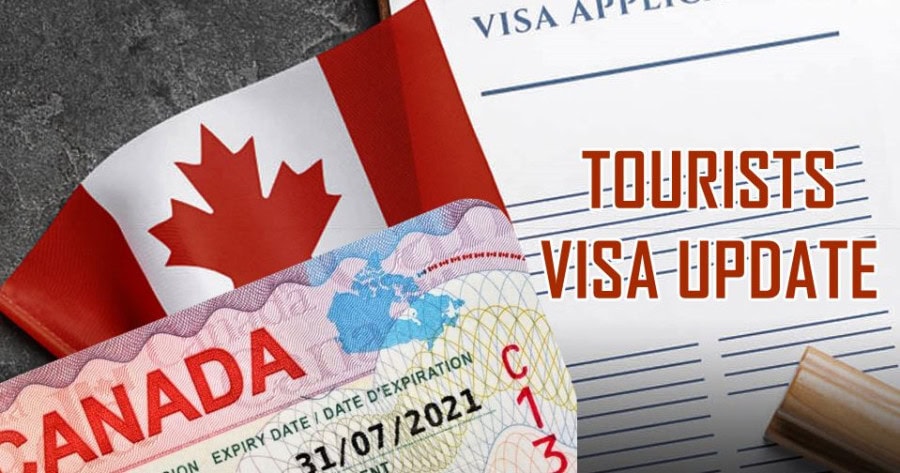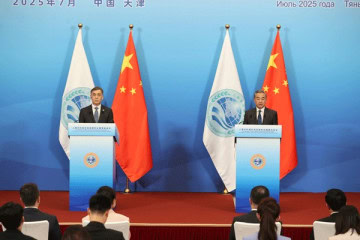OTTAWA – Canadian authorities continue to tighten visa rules, largely in response to immigration crisis, and now there will be no more automatic issuance of Ten-year multiple-entry visas for foreigners.
The new changes are being made under a wider strategy as the country of 40 million is grappling with a surge in net migration, which has put pressure on public services, housing availability, and even the job market in key cities.
The new Visa guidelines were issued by Immigration, Refugees and Citizenship Canada (IRCC), as immigration officers got new authority to decide on visa type and duration. With new changes, immigration officers will analyze each visa application to evaluate individually, with officers deciding whether to issue a single-entry or multiple-entry visa and setting its validity period.
In previous years, eligible visitors usually get multiple-entry visas valid for up to a decade, allowing them to enter the country multiple times.
Delving into details, Canadian immigration explained that decision to move away from default 10-year visas is part of broader strategy to better manage Canada’s immigration levels in response to economic challenges, like housing shortages and rising living costs.
The policy shift also reflects the government’s effort to adapt immigration practices to the country’s current infrastructure capabilities. As the application fee for a Canadian visitor visa remains unchanged at 100 Canadian dollars, the new rules may lead to higher costs for frequent travelers, who may need to apply for shorter-term visas more regularly.
Besides visa changes, Ottawa also revealed plans to cut its target for resident admissions, pushing number of new immigrants from half million to 0.4 million. As per current policies, more stern measures are expected years to come as the government continues to balance immigration levels with the country’s economic and infrastructure needs.



















